How to Get NMP Out of Your Product
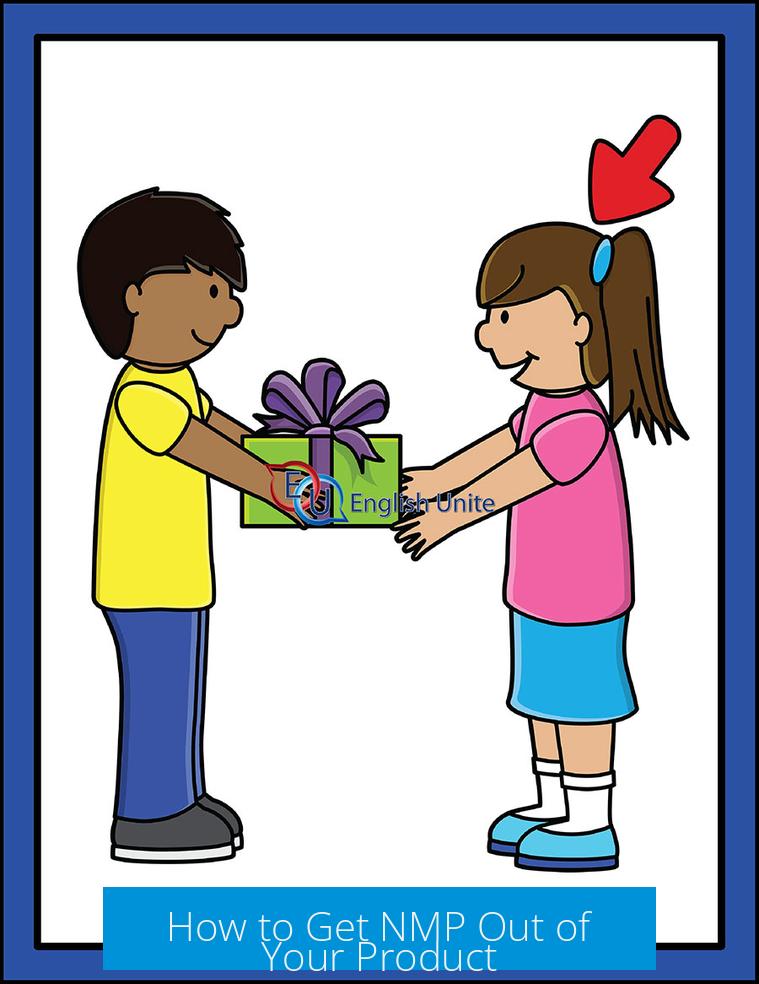
Removing N-Methyl-2-pyrrolidone (NMP) from a product typically involves solvent extraction, washing, chromatography, or distillation techniques tailored to the product’s chemical nature and stability.
Extraction and Washing Techniques
Repeated washing with water is often the simplest and most effective method. Multiple washes using small volumes of water are more efficient than fewer washes with large volumes. This approach helps dilute and remove residual NMP without risking product loss.
Extracting with organic solvents like toluene or ether before aqueous washes can improve NMP removal. NMP is more soluble in water than in these solvents, aiding phase separation. Washing with aqueous lithium chloride (LiCl) solutions can remove NMP effectively if the product lacks nitrogen-containing groups that may bind LiCl and be lost during washing.
Chromatographic Purification
If the product is stable and does not react with silica gel, column chromatography is a viable choice. Performing thin-layer chromatography (TLC) on the crude mixture helps verify that the product and NMP separate under these conditions. A simple silica plug filtration can first elute NMP, followed by increasing mobile phase polarity to elute the product.
Distillation Approaches
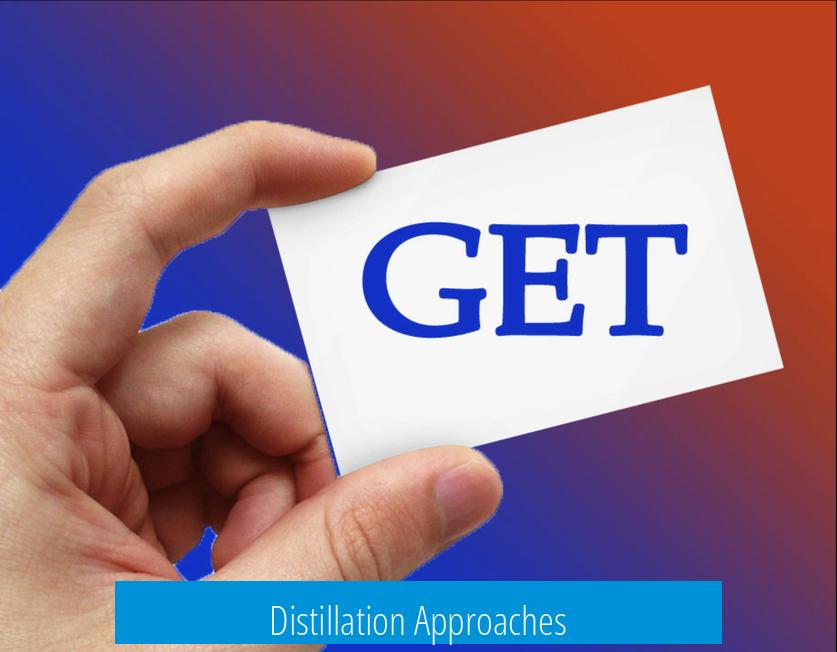
Distillation requires careful handling due to NMP’s high boiling point and potential product sensitivity to heat. Kugelrohr distillation under high vacuum can isolate NMP at lower temperatures. A trial run with a small product portion is advisable to prevent decomposition. This technique needs specialized equipment and expertise.
Alternative Strategies
Switching to solvents like dimethylacetamide (DMAc) during synthesis may simplify purification, as DMAc is easier to remove by vacuum and is available in high purity.
Practical Tips and Considerations
- Use numerous small-volume water washes to enhance NMP removal.
- Check for nitrogen-containing groups in the product before using LiCl washes.
- Confirm product stability when applying chromatography or distillation.
- Consider product physical form; crystalline solids might be purified by crystallization and filtration.
Key Takeaways
- Remove NMP mainly through repeated water washes, solvent extractions, or chromatography.
- Use aqueous LiCl washes cautiously, avoiding products with nitrogenous groups that bind LiCl.
- Employ high vacuum distillation selectively, verifying product heat stability beforehand.
- Consider alternative solvents like DMAc to ease future purification steps.


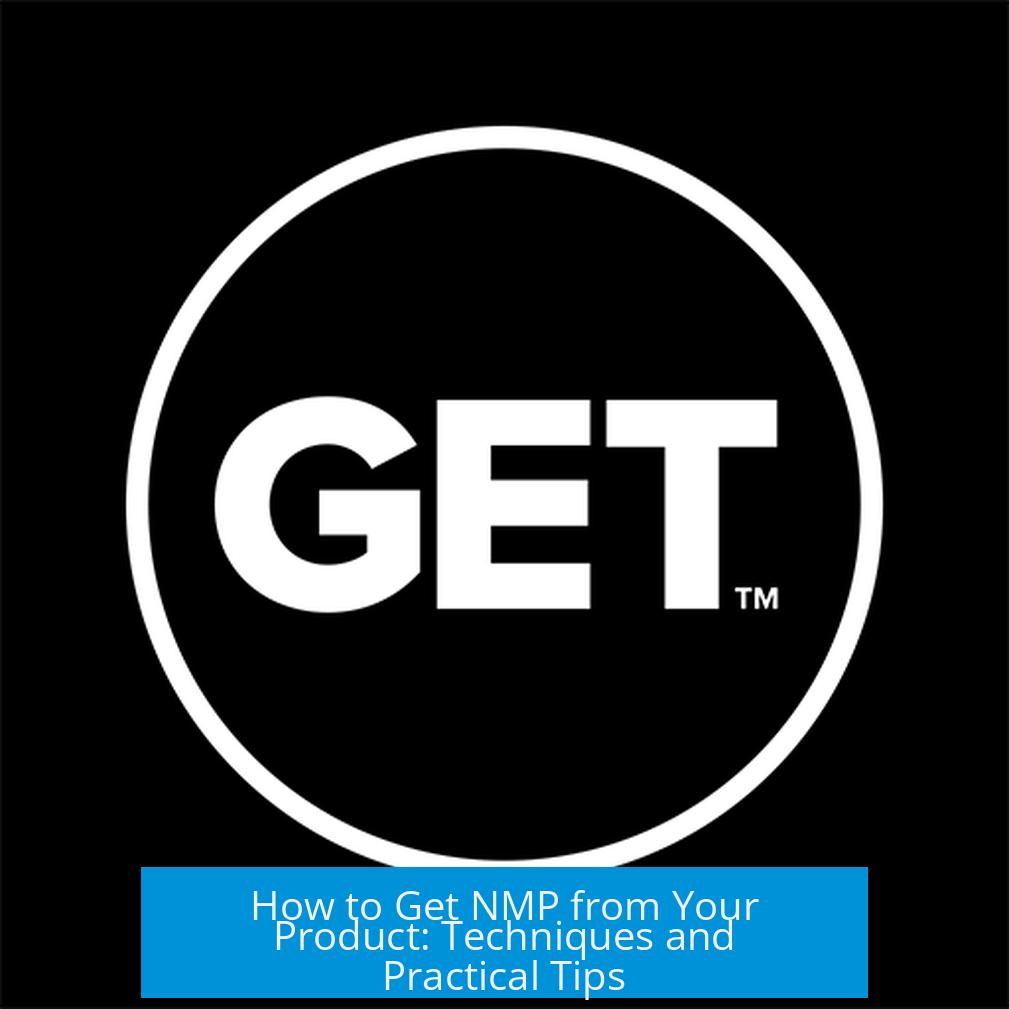
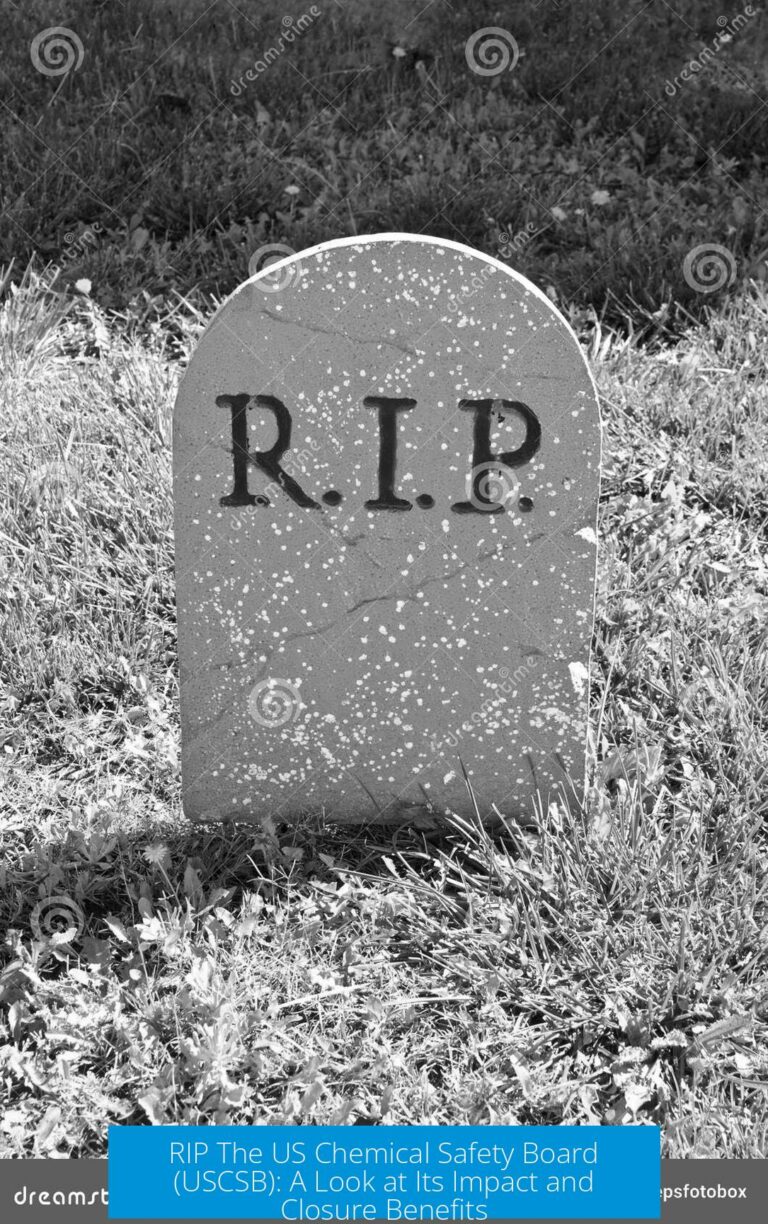
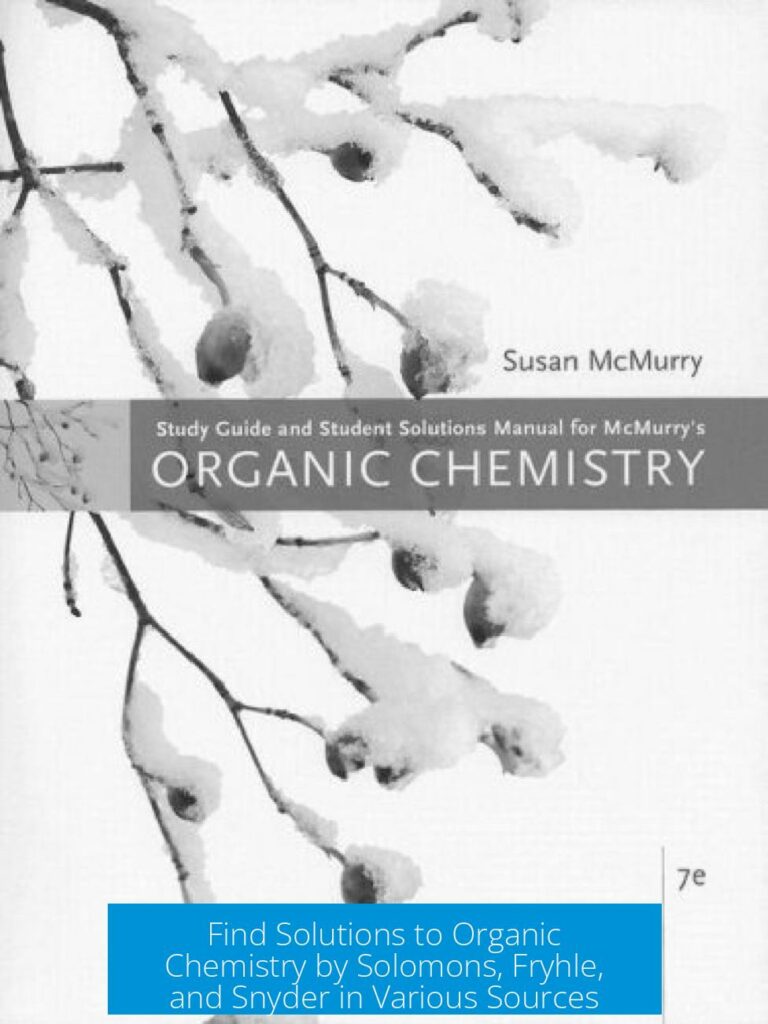
Leave a Comment